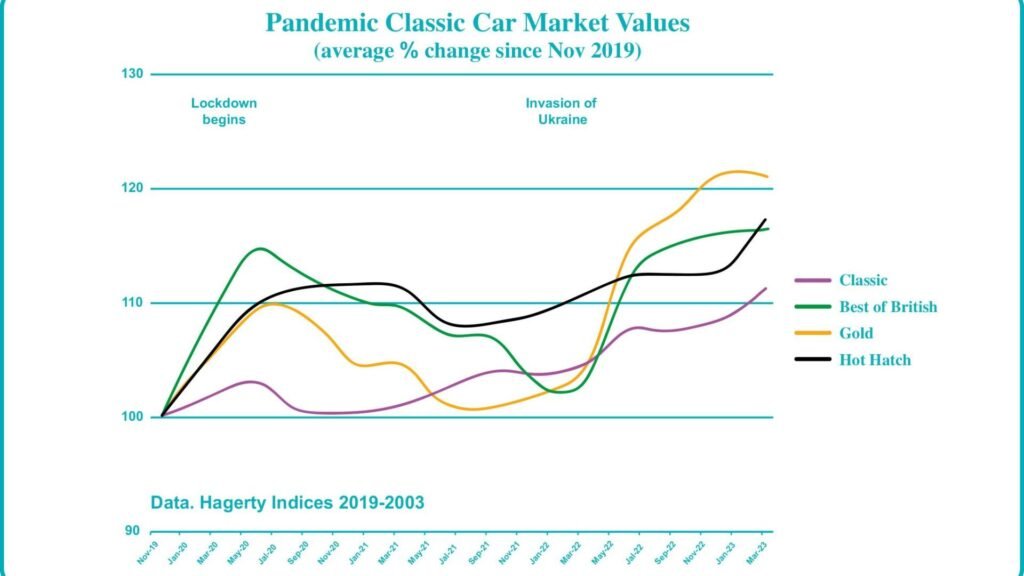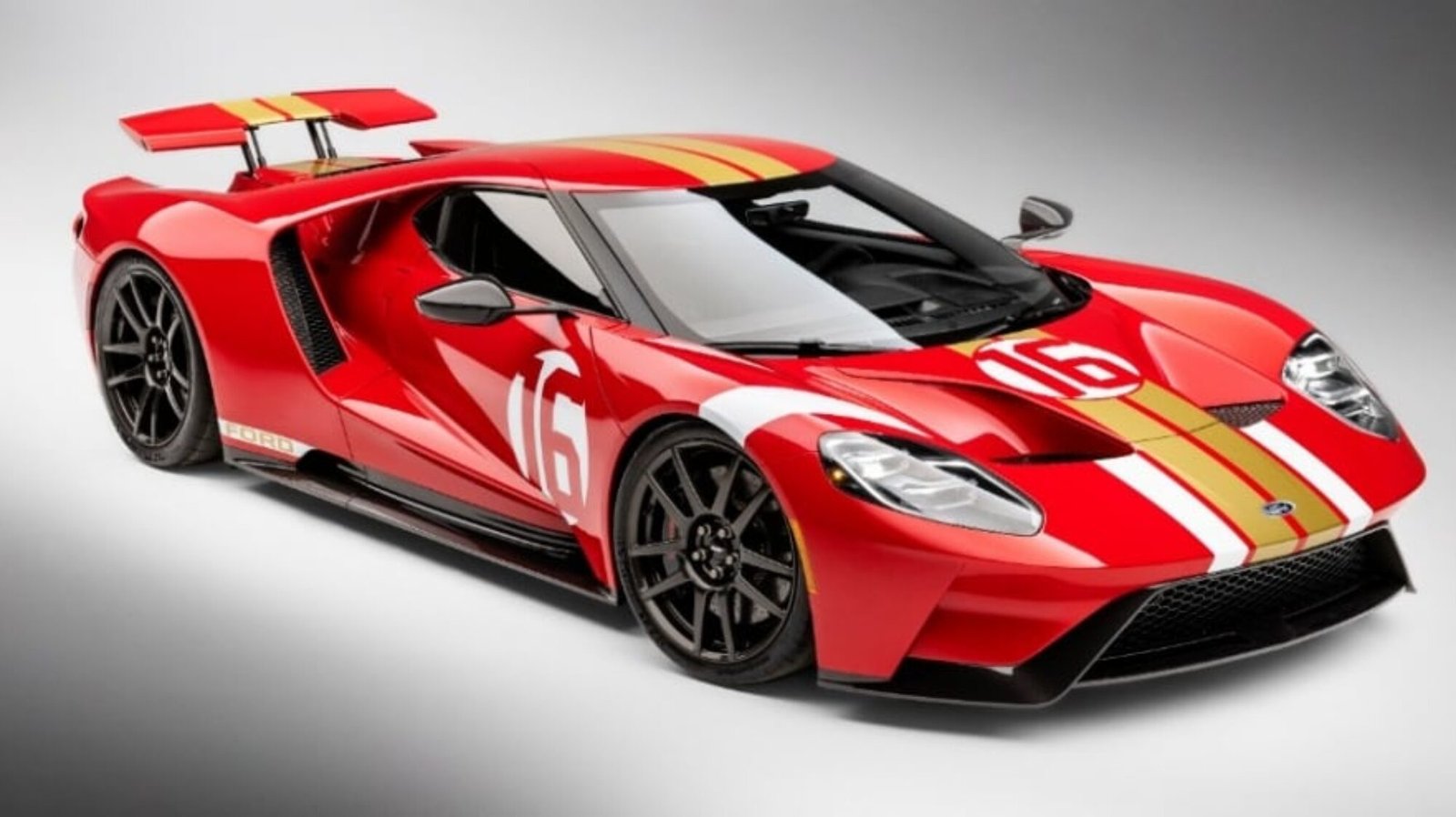Market Value Trends in Vintage Cars
Vintage cars hold a special place in the hearts of car enthusiasts and collectors alike. These classic vehicles, often seen as symbols of a bygone era, have become increasingly popular investments over the years. As the market for vintage cars evolves, understanding the trends that influence their market value is crucial for collectors, investors, and enthusiasts. In this post, we’ll delve into the key factors driving the market value trends in vintage cars, helping you navigate this fascinating world.

Increasing Demand for Rare Models
First and foremost, demand is a major driver of market value in the vintage car industry. Over the past decade, there has been a significant increase in interest in rare and unique models. Cars that were produced in limited quantities or have unique features are particularly sought after by collectors. For instance, vehicles like the Ferrari 250 GTO, with only 36 units ever made, have seen their values skyrocket, with some selling for tens of millions of dollars at auction.
This growing demand is partly fueled by the desire of collectors to own a piece of automotive history. As more people enter the market, the competition to acquire these rare models intensifies, driving prices up. Additionally, the increasing number of car shows, auctions, and events dedicated to vintage cars has helped raise awareness and interest, further boosting demand.
The Impact of Historical Significance
Another key factor influencing market value trends in vintage cars is historical significance. Cars associated with important events, famous personalities, or significant milestones in automotive history tend to command higher prices. For example, vehicles that were owned by celebrities, raced in famous competitions, or featured in iconic films often become highly valuable.
Moreover, cars that represent a significant technological advancement or design innovation are also prized by collectors. These vehicles are seen as milestones in the evolution of the automotive industry, making them highly desirable. As a result, cars with rich histories or that played a pivotal role in shaping the industry often see their values appreciate over time.
Popularity of Specific Eras
The popularity of specific eras in automotive history can also influence the market value of vintage cars. For instance, the muscle cars of the 1960s and 1970s have seen a resurgence in popularity, leading to increased demand and higher prices. Similarly, classic cars from the 1950s, with their iconic designs and cultural significance, continue to be highly sought after.
The nostalgic appeal of these eras plays a significant role in driving market trends. As younger generations become interested in vintage cars, they often gravitate towards models from the eras that resonate with them culturally or aesthetically. This generational shift in interest can lead to fluctuations in market value, with certain periods becoming more valuable as their popularity rises.
Restoration and Originality
When it comes to vintage cars, restoration and originality are critical factors that can greatly affect market value. Cars that have been carefully restored to their original condition or have retained most of their original parts and features are often more valuable than those that have been heavily modified or poorly restored.
Originality is particularly prized in the vintage car market. Cars with matching numbers (where the engine, transmission, and other key components are original and match the factory records) tend to fetch higher prices. On the other hand, cars that have undergone extensive modifications or have non-original parts may see their value decrease, as they are no longer seen as authentic representations of their era.
Economic Factors and Market Sentiment
Additionally, economic factors and market sentiment play a significant role in determining the market value trends in vintage cars. During periods of economic growth, collectors and investors are more likely to spend on luxury items like vintage cars, driving up prices. Conversely, during economic downturns, the market may see a slowdown, with prices stabilizing or even decreasing as buyers become more cautious.
Market sentiment can also be influenced by trends in other investment sectors. For example, when traditional investments like stocks or real estate are underperforming, some investors may turn to alternative assets like vintage cars, leading to an increase in demand and higher prices. Conversely, if other investment opportunities become more attractive, the vintage car market may see a decrease in activity.
Global Market Influences
Finally, global market influences have a significant impact on vintage car values. As the vintage car market becomes more globalized, factors such as currency exchange rates, international demand, and global economic conditions can all influence prices. For instance, a strong U.S. dollar might make American vintage cars more expensive for foreign buyers, potentially slowing demand from international markets.
Furthermore, the emergence of online auctions and international shipping has made it easier for collectors to buy and sell vintage cars across borders. This increased accessibility has helped drive global demand, contributing to the rising values of sought-after models worldwide.
Conclusion
In conclusion, the market value trends in vintage cars are influenced by a complex interplay of factors, including demand, historical significance, popularity of specific eras, restoration and originality, economic conditions, and global market influences. For collectors and enthusiasts, understanding these trends is key to making informed decisions in the vintage car market. Whether you’re looking to invest in a classic vehicle or simply want to appreciate the beauty and history of these timeless machines, staying informed about market trends will help you navigate this exciting and ever-evolving industry.

